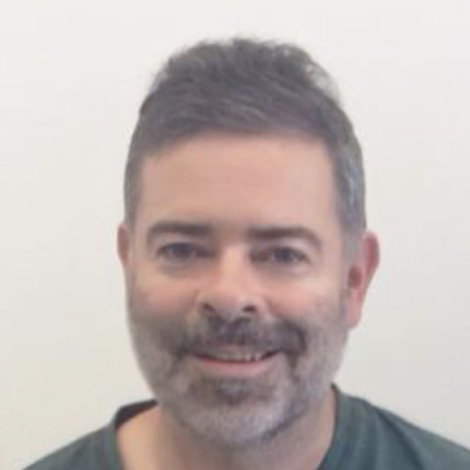Labor’s franking credit plan continues to make headlines for investors as we move closer to the federal election. High profile fund manager Geoff Wilson has been outspoken on the big picture issues regarding this. How may WAM Capital Limited (ASX: WAM) shares react though IF Labor got their way with their proposed changes?
If you need to brush up, click here for an explanation of how franking credits work.
Weaker Demand for WAM Shares?
The franking credit rule changes may lead to certain investors being less incentivised to chase companies paying high franked dividends. SMSF investors and particularly those in pension phase could be currently enjoying significant franking credit refunds on shares like WAM. If such refunds are no longer allowed for them, then the relative desire to chase high fully franked dividend yield stocks would be reduced. I am referring to the demand for those on lower marginal tax rates.
The question to ask is how much of the demand for WAM shares is from this type of investor?
I would argue a significant source of demand comes from this investor base. I have gained that impression attending Wilson Asset Management presentations myself, but you don’t have to take that as a reliable way to draw conclusions. The political stance the company is taking may also indicate many of their investors will be affected.
Another issue is whether the Listed Investment Company or LIC structure might be suitable for WAM going forward. When individual investors make capital gains on assets they have held for greater than a year, there is a tax benefit. They can discount the profit by 50% for calculating the tax payable.
When some low turnover LICs such as Argo Investments Limited (ASX: ARG) make such gains in their portfolio this benefit can flow through to the LIC investor. WAM doesn’t qualify to pass on this discounted LIC capital gain benefit as it is an actively trading LIC. Investors on low marginal rates may end up effectively paying a higher tax by being exposed to higher turnover LICs.
How About Changing The LIC To A Listed Investment Trust (LIT)?
If the new rules pass, WAM’s LIC structure may not be as suitable for WAM as it once was. The possibility of moving to a Listed Investment Trust (LIT) has been raised. Tax is then only paid at the investor level at their marginal rate. One issue with this though is that trusts are required to distribute all income for the financial year to unitholders. This will increase the volatility in the income the investor receives, which is not ideal.
Some Positives Amidst The Uncertainty
At least if WAM were to go down the LIT path then currently there is not a significant amount of embedded capital gains within their portfolio. Meaning, there shouldn’t be too many issues in terms of crystallising tax payable if they decided to change. Note that last year we saw the Evans & Partners Asia Fund (ASX: EAF) go through this change (previously was the Asian Masters Fund LIC).
Already in 2019 we have seen some LICs announce special dividends. With the uncertainty over these franking credit changes, companies prefer where possible to return them in the hands of shareholders sooner rather than later. If this trend continues it is possible WAM could initially pay out even higher dividends in the shorter term. This could result in a bit of a sugar hit to the share price but I would be cautious about it being sustainable.
WAM also has one of the best long term performance track records around. The volatility that such tax law changes could present may provide it with further investment opportunities to exploit.
It is an excellent track record which means there are plenty of WAM investors that are happily sitting on large gains from a long time ago. When considering whether they should sell they will be mindful of their own tax to pay on such a decision. In the past, that has led to a lot of the share register holding for the very long term and I expect many will continue to take this approach.
On Balance WAM Facing Some Headwinds
The issue with buying WAM shares is that all the uncertainty comes with a very large premium to NTA of around 20%.
Shorter-term performance has been a little off the boil and the highly regarded CIO Chris Stott recently stepped down from his role. I have always been impressed nonetheless at who they have hired over the long journey and the current depth of the investment team.
However I wouldn’t consider WAM shares as a buy right now, as they are far too expensive for my liking. I do realise though there would be some happy investors that have stayed with them for a decade or two now. I could understand how they may wish to ride out any volatility and keep sticking with the company.
Free Report: Our #1 ETF of 2019
[ls_content_block id=”14948″ para=”paragraphs”]
Disclosure: At the time of publishing, Steve Green does not own shares in Wilson Asset Management Limited, Argo Investments Limited or the Evans & Partners Asia Fund.











